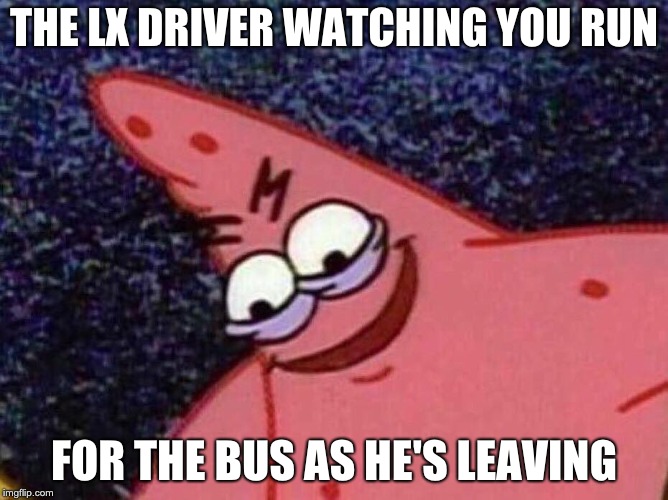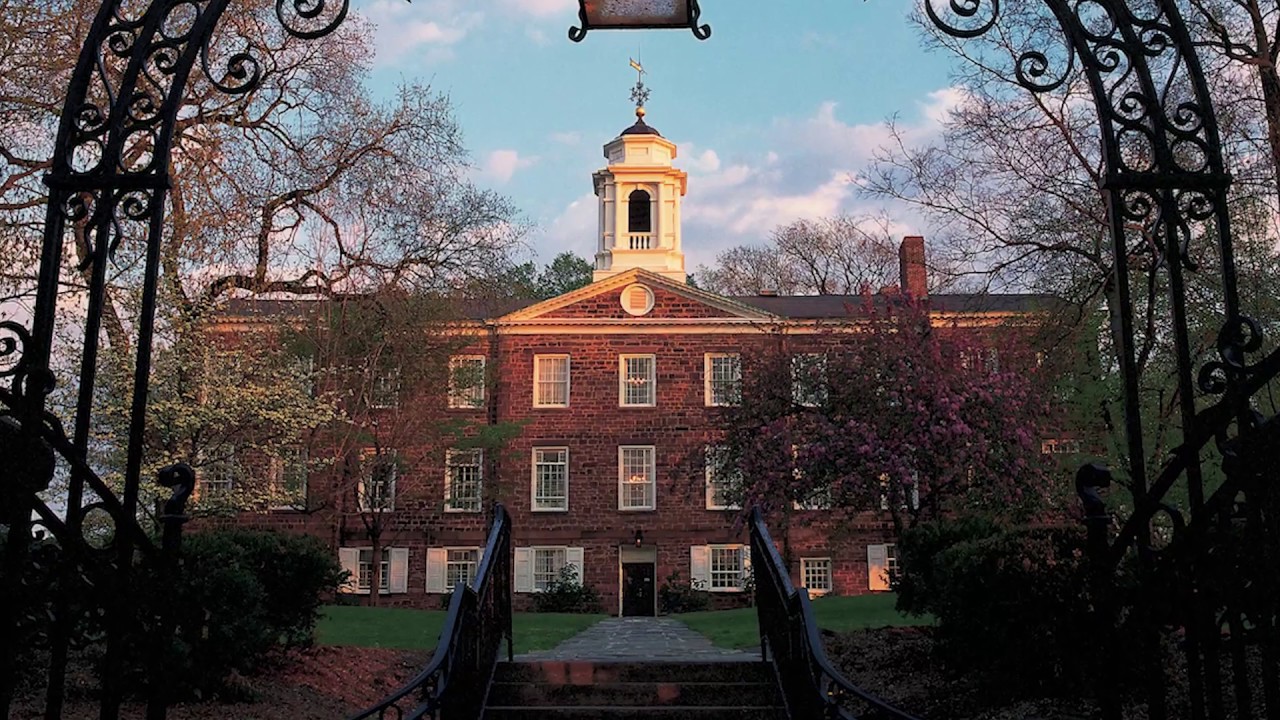Rutgers University is more than just the students and professors, but also the thousands of people employed by the institution. The staff is composed of a wide ranger of people, including those driving our buses to those who are in charge of technological systems including our librarians. As these will be our main focus, their roles have been undoubtedly changed as technology has evolved to what it is today, even as it continues to evolve.
Table of Contents
Libraries
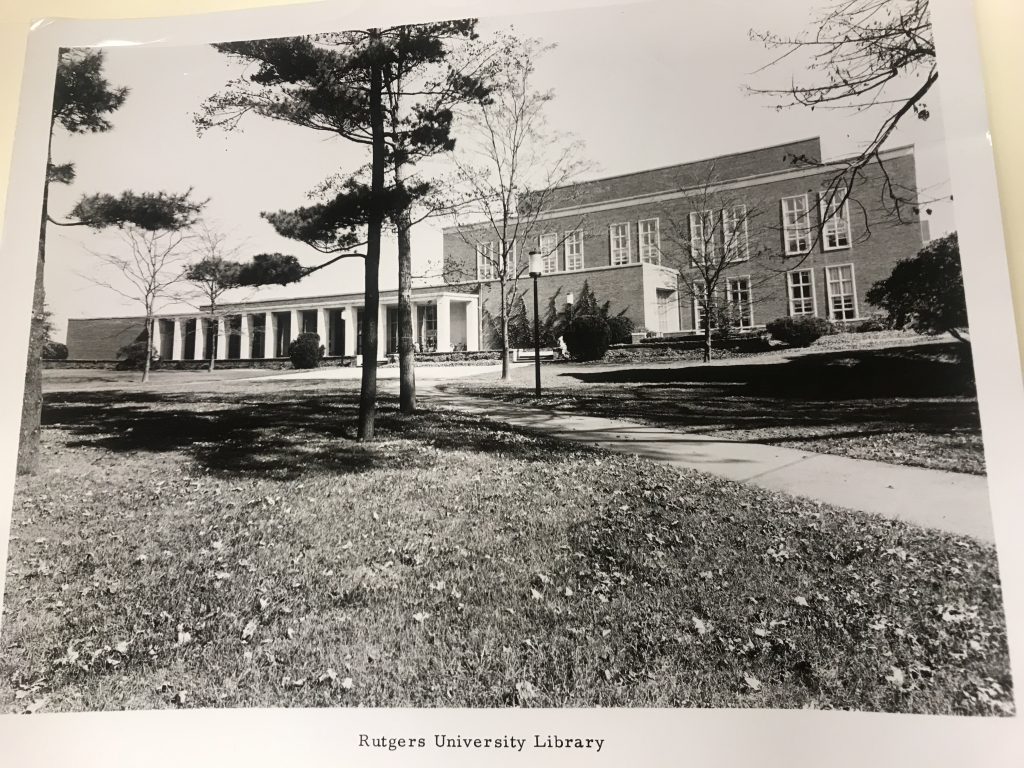
Rutgers Libraries play a much bigger role than simply housing books. They house special exhibits of art, archival material, advanced technology and so much more. Facilitated by Rutgers Staff, they ensure that the libraries have everything students could possibly need, and if they do not have it, there are ways to get it (like getting a book you need from another university). Libraries and librarians have had to revamp, utilizing new technologies that would allow for greater ease of information.
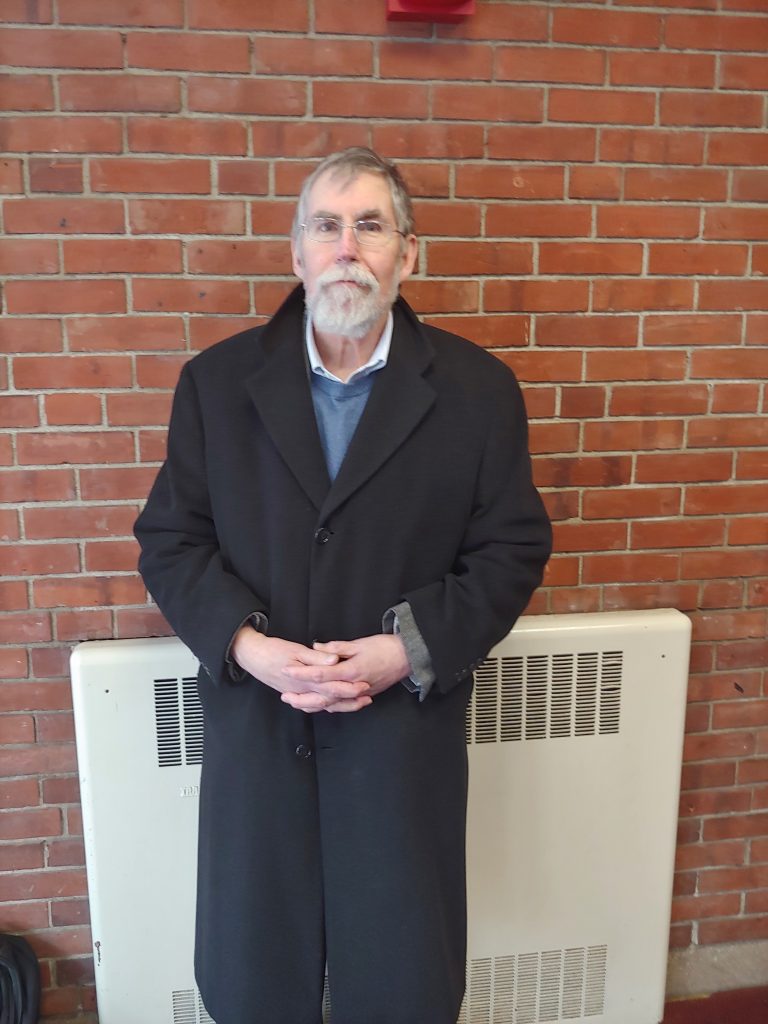
Kevin Mulcahy is a humanities librarian at the Alexander library. He attended Rutgers from 1974-1982, and eventually graduated with a doctorates in English. Only a year later he’d start working at Alexander Library, where he continues to work to this day.
Back in the 1980s, card drawers, rotary phones and electric typewriters were primary tools in library operations. Instead of databases, print indexes were used, and while there were some computers, they were bulky with almost no power. In 1983, the libraries created their first online circulation system where 40% of books in the library were included. To access the system, an old fashioned dial up modem was used where a phone was connected to a modem, you’d dial up to the central computer, and conduct searches on a limited number of databases. A librarian would be present while doing this, and because it was a commercial service, a decent amount of money would be charged. As internet technology became more advanced, the libraries switched to the Mosaic browser, which added a tremendous amount of different databases, although it was pretty slow.
Today, a librarian spends most of their time behind a computer. With everything moving online, we now have access to over 100 thousand journal subscriptions to extract information from. Even when we don’t a have specific journals, if a partner library from a different school does, it can be scanned, and sent over to Rutgers to be added to our collection. We’re also partnered in a group called Hathitrust, which seeks to scan a collection of texts, images and sound recordings so they’re preserved forever. With universities from all across the nation apart of this organization, we now have access to an almost unlimited amount of information.
Right now, libraries are experimenting with distance education where there’s a virtual librarian present during classes. However, what’s hindering this from taking off is scalability issues, to few librarians for the many classes at Rutgers. AI could potentially solve this issue, but it might take a few jobs with it. But as far as ending the library as we know it, that’s just a farfetched dream. Mr. Mulcahy points out that libraries serve many purposes such as gathering spaces, providing access to newspapers and magazines for people who can’t afford subscriptions, help with finding jobs and creating resumes, as well as a place to seek shelter during a disaster.
Along with AI, Mr. Mulcahy argues we could also expect to see virtuality reality being implemented in the libraries and classes. Rather than accessing content in the databases, instead, you would be immersed in the world of the content you’re researching. You could look up a particular battle for a history paper and immerse yourself in the battle, experiencing the chaos as it occurs in real time. This type of technology is already being experimented with in libraries at other schools, and it’s only a matter of time before it becomes more widespread.
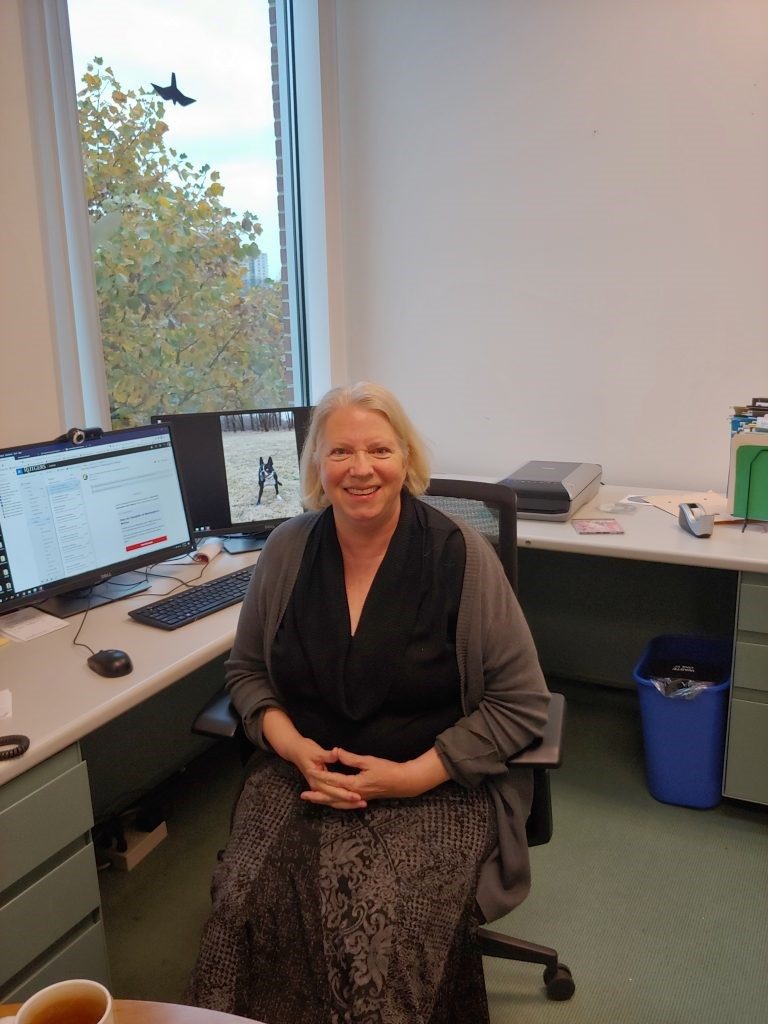
Grace Agnew is the Special Advisor for Strategic Initiatives Administration at Alexander Library. She graduated from Emory University in 1982 with a Masters in Librarianship, and Started working for Rutgers in 2002.
Back in 2002, the library management system was in place where purchased materials were manually catalogued, and circulated across Rutgers libraries. Now it is done automatically. Digital collections were also just starting to be built. However, the issue was that many projects didn’t link together and lacked integration. This is where Ms. Agnew came in. She designed a cyber infrastructure to do a more systematic, extensive approach to building collections. She also established an architecture based off of the open source system Fedora, which integrates collections together. An example of this is the 911 remembrance collection where if anyone publishes a dissertation on the subject, it will automatically be added to the collection.
One big take away from this cyber collection is that it makes information available to people worldwide. One example of this is the Griffis collection here at Rutgers that’s used by the State archives of Korea. William Griffis was a missionary who visited North Korea and japan in the late 1800s into the early 1900s. He took pictures of North Korean civilization that has since been destroyed due to war. Because North Korea has very little documentation of that time period, they rely on the collection for their own research purposes.
Ms. Agnew points out that since digital tech has taken over, there are a bunch of things in our lives that we believe should be automated. For example, while before the Rutgers libraries would be bombarded with phone calls asking about the library hours, and room reservations, all of this can be accessed on an app now. As the digital space continues to grow, the libraries continue to innovate to make the lives of students as easy as possible. To deliver materials more easily, university libraries are looking to the simplicity approach that Amazon takes to delivering their products. This what led Georgia Tech to propose the idea of drone deliveries of books from Emory University to their schools to save time. It’s not farfetched to imagine Rutgers doing the same with nearby schools in the near future.
She also believes that staffing could potentially be replaced as information gets more complex. While cataloging a book is pretty trivial, a complex dataset is difficult to catalog, and is pretty time consuming. It’s possible that the future of the library could mean less employees, and the employees that do exist will require new skills and degrees that weren’t necessary in the past. But Ms. Agnew points out that all hope isn’t lost. She teaches professional development courses for librarians to help them apply meta data to more advanced resources. This can help save librarian jobs, as well as help them find new jobs in information based industries. These include jobs in the government , publishing, and even corporations who need help organizing meta data.
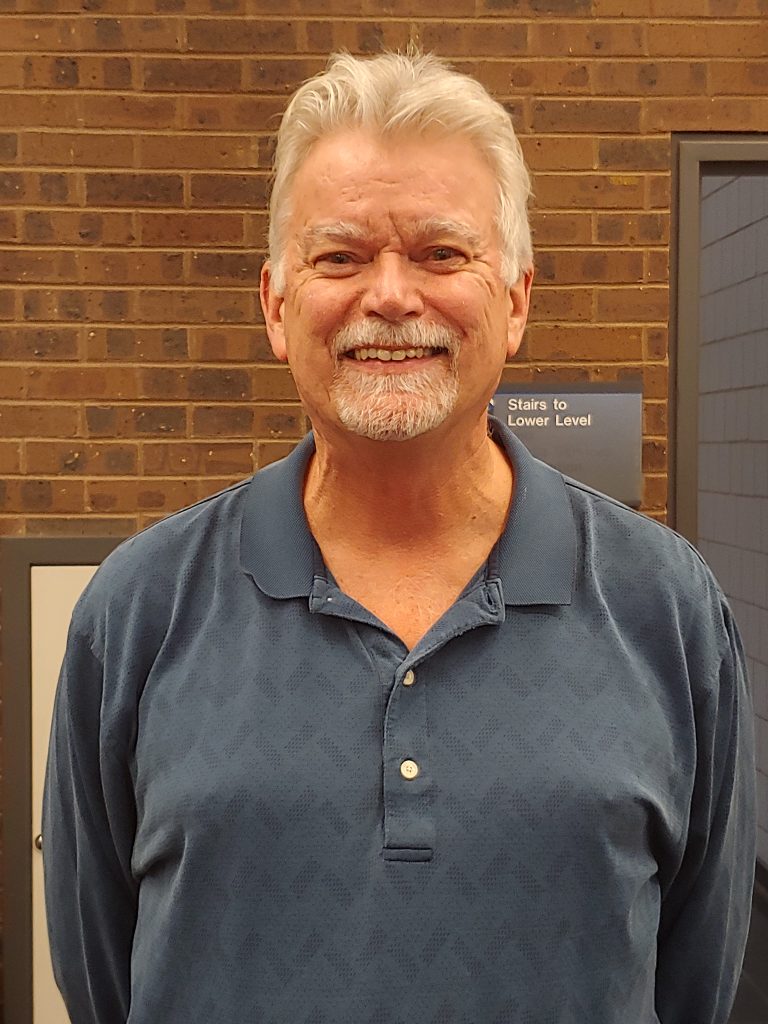
Barry Lipinski is the Library Supervisor at Carr library. His schooling spans almost 20 years, and in this time he attained his bachelors degree, and 2 masters. He began working at Alexander library in 1971 as a student worker, and transitioned to a full time worker in 1980. He continued to work at Alexander until 1991. The following year, he’d start working at Carr Library as the library supervisor, where he still works to this day
Back in the early 70s, libraries were approaching the end of an age where cards were being filled out for people checking out books. This is when the 80 haul IBM Key Punch System was introduced, and it was considered “cutting edge” for it’s time. When checking out a book, you would take it to a librarian where along with your ID card, they would take the IBM card in the book and put it in a machine. From there, the librarian would type a series of numbers including a 1 (representing the undergraduate), three 0’s, your 6 digit RUID #, and the 4 digit due date. The next step for librarians would be to take something called a charge card, run it through a computer which would produce a print out showing different transactions, and send these transactions to various libraries at both New Brunswick and Newark campuses. From there, they would be put into binders on display for the public and staff. The binder would reveal everything that is in circulation.
The next step was a system called G-eck which was introduced in the 1980s. It allowed librarians to keep records of books that were checked out online. What followed this was a graphic user interface implemented in 97′. It resembled windows, and it taught people how to use personal computers. It was around for almost 21 years until a quick search system called Ex Libris was introduced. It’s a cloud service that produces analytics which are used for book chasing and budget monitoring. It also helps streamline searches.
Students use the ask a librarian feature a lot. Questions from students range from how to gather information for research papers, to questions regarding notices for books they don’t recall checking out. There’s also a live chat feature that allows you to converse with a library in real time to take care of all your needs. Considering how often people use this feature, Mr Lipinski makes the argument that “people are still needed to help people.” There’s also an online service that allows you to reserve quiet spaces in the library, and it’s used very often. You can set up a reservation up to 10 weeks in advance, and you can use the spaces for 4 hours a day.
Mr Lipinski, like the other librarians, embraces digital technology taking over. Having worked at the libraries for so long, he has seen how people are asking reference questions less often, and using the computers more instead. The databases have also made librarian help less necessary. But still he stays positive. One reason is because out of all the schools in the big ten, Rutgers has the lowest amount of full time staff. This contributes to reason why the Rutgers library system hasn’t experienced any widespread layoffs since he started working there. Along with this, the attendance of the library has been growing over the years. 8 years ago, Mr. Lipinski found that a good day for Carr Library would be 1800 students visiting. Now, that number has grown to 3800 students on average, with over 4000 students visiting on certain days. As Rutgers continues to grow, the libraries grow with it.

Buses
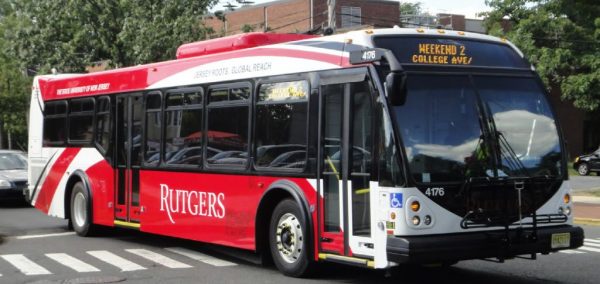
Arguably the bane of every students existence is the bus system. Intended to create an easier way to connect the different campuses, many students find themselves late or waiting for what seems like hours for a big red bus to come down the street in hopes of squeezing in. However, it is important to understand that there are people working to make sure the system works at its best, even if it continues to fail to meet students’ high standards.
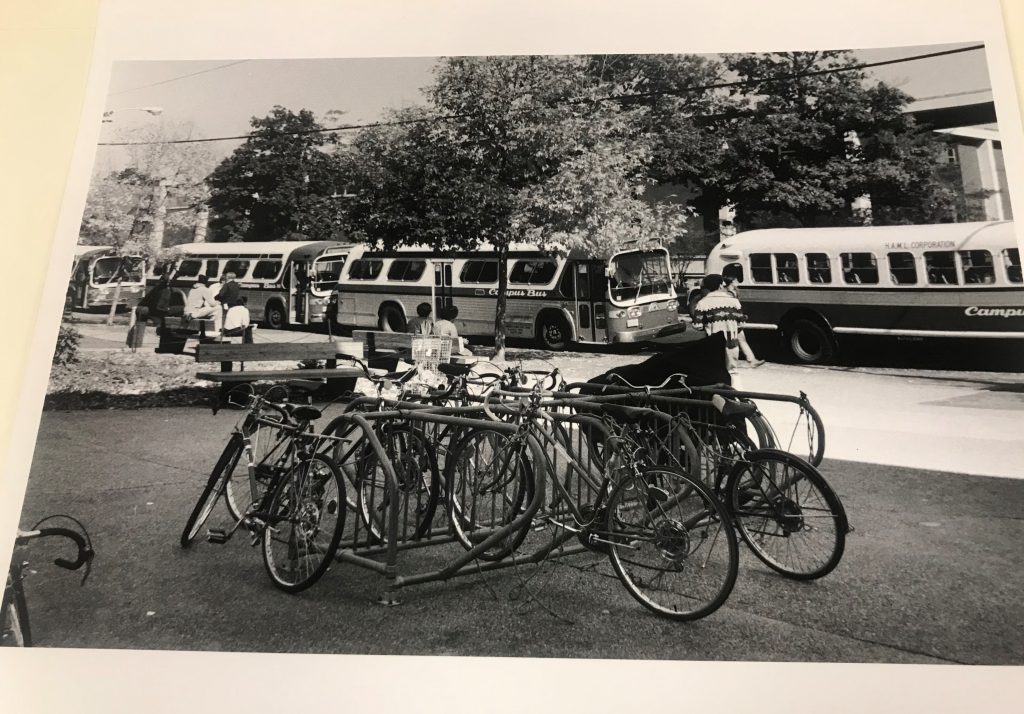
How did buses run before the app? Often times taken for granted, the bus system has existed long before the app came into existence in 2012. The bus system actually started in 1961 in an effort to transport students from Busch Campus to College Ave. Campus. (citation http://www.angelfire.com/nj3/svinnerworlds/gatethree.html )
Since then, as Rutgers grew, more buses were needed to transport more students across a larger network of campuses to include Livingston, Douglass, and Cook.
Bus routes have constantly been changing in an effort to try to provide the most efficient means of transportation. In 1986, the bus routes look relatively similar to what exists today with a few exceptions (A, B, C, D, E, EE, F, G, GG, H, L). These buses would run every 10 minutes with a flyer posted at each stop of an approximation of what time each bus would be expected. However, most students would simply have to go to a bus stop hoping that a bus had not just departed.
By the 2000’s, the bus routes began to run more frequently, running every five to eight minutes, trying to meet the demands of a bigger Rutgers population and a growing sense of impatience.
In the mid-2000’s, there was a new way for students to track buses on the website appropriately titled “WhereIsMyBus.com” where students were able to track buses and how long it would be until one arrived at the closest stop.

Note that this site makes an effort to describe how the process of tracking the bus works, using satellites, computers inside the bus, and data centers to give the user an idea of where the bus is. These processes are not simply happening in a digital realm, but with tangible, real objects.
The technology behind the Rutgers’ buses is constantly updating, trying to improve to meet the standards of its’ users (the students primarily) and keep up with the times. WhereIsMyBus.com had its flaws and the University accordingly updated to Nextbus.com which is still used to this day.

The app, launching in 2012 with the rising popularity of mobile devices and downloadable content, allowed the University the opportunity to update and improve its tech. The bus schedule, as part of the feature, was now literally at students’ fingertips with greater ease of access. Since accessibility to this information seemed to be instantaneous, students grew more dependent on this information. However, with that dependence comes a problem such as the potential for the technology not to perform up to the high standards of students, which then causes frustration. When there is a bus on the schedule that does not show up or if the next bus coming to a certain stop is going to be another 20 minutes students become enraged. Students practically have the world at their fingertips, having the ability to access all kinds of information in this digital age. With this comes the potential for frustration when things fail to work the way they are expected. When students get mad, their anger typically gets misplaced. They get mad at the app and the buses themselves as they are the only tangible aspects of the system they come into contact with, not the people behind the app. However, it is important to recognize the possible implications the app and tracking system in place has on bus drivers. Their driving patterns, speed, breaks, activity, is all being monitored. This undoubtedly has job implications, as suggested by Kaplan’s “The Spy Who Fired Me” article. The choices made to revamp the bus system by department heads, Board members, and other high ranking officials have been in an attempt to stay up to date on current digital technology, however, have real and tangible manifestations in the ways students and bus drivers conduct their lives, be it the former’s emotions or the latter’s way of conducting their work.
